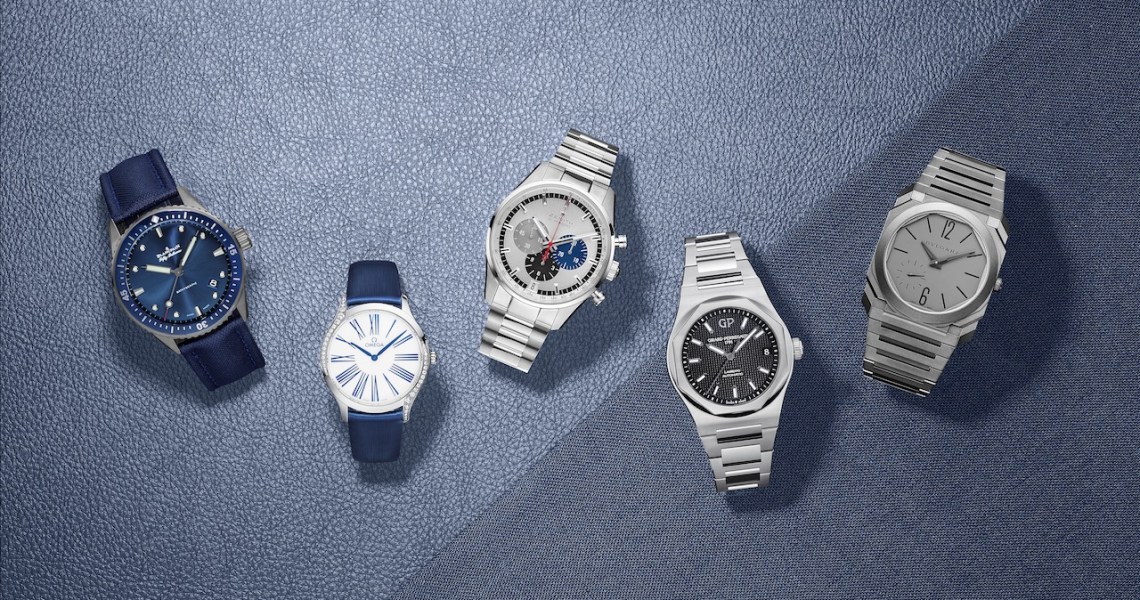The rise of the pre-owned watch market has coincided with the growth of secondary markets throughout the fashion industry, from the bustling fashion resale market with sites like The RealReal to the behemoth of sneaker resale.
Pre-owned watch retailer TrueFacet, for its part, saw a massive spike in sales this year, with 89 percent higher mobile conversion rates from the year before, setting it on track to break previous fourth-quarter records.
While the watch resale market contains parallels to the rise of other fashion resale platforms, TrueFacet’s founder Tirath Kamdar sees watches as being more similar to cars than to other sectors of fashion or apparel.
“Like cars, watches are machines,” Kamdar said. “Cars stay attractive to customers for years. They get better over time, and they don’t fall apart like an old shirt will. Old Omegas from the ’70s are still being worn all the time just like cars from that era are still being driven.”
Judging the size of the pre-owned market is difficult, but NPD Group estimates that it is about three times the size of the regular watch market in the U.S. Luxury watches, in particular, have seen upward sales on the resale market, according to TrueFacet.
Driving this new interest in buying luxury watches pre-owned is consumers and their shifting shopping habits, said Kadmar. Younger consumers, in particular, are drawn to pre-owned as the stigma of buying pre-owned has gone away.
“Young people tend to want fresh things, fresh experiences,” Kamdar said. “They buy stuff and then swap it out. Now when you look at the watch and jewelry industry, they are not meeting that demand. There’s a big gap there. For young people, the stigma of buying pre-owned isn’t there.”
Ad position: web_incontent_pos1
The secondary market has become an undeniable force in luxury watches today, to the point where the big Swiss watch brands are being forced to take notice. Brands like Raymond Weil and others have begun working with TrueFacet on certified pre-owned programs.
This symbiotic relationship between the primary and secondary markets is important for watch brands. The older customers who would be most likely to buy a brand-new luxury watch from Rolex or Patek Philippe are aging out of the market. Younger consumers are less concerned with needing to have something new and are more likely to buy something secondhand.
Additionally, getting involved directly in the resale market helps brands make sure they have control over the experience that customers have with their watches, rather than being subjected to the dubious quality of the so-called “gray market.”
“We as an industry have been too risk-averse,” said Lauren Calmas, CMO of certified luxury watch e-tailer Troverie, which just struck a partnership with Swiss watch database WatchAdvisor. “But by not addressing the changes in the market, we’ve created a vacuum that gray-market sellers have filled. These unauthorized resellers are dominating watches right now, but it’s risky for consumers because there’s no guarantee of what you’re going to get. That creates a problem for brands, too, when bad gray-market experiences turn a customer off of a brand for good.”
That aversion to risk, common throughout the luxury world, has changed in the last few years. Calmas says she has seen more risk-taking from the watch industry in the last 24 months than in the last 24 years. Watch giant Richemont has partnered with digital platforms like Net-a-Porter and Alibaba and has even begun acquiring pre-owned watch sellers like WatchFinder. Competition from gray-market sellers is finally waking luxury watch brands up to the fact that they need to modernize.
Ad position: web_incontent_pos2
“Seventeen hundred brick-and-mortar jewelry watch stores have shut down in the last two years alone,” Kamdar said. “Brands have to invest in digital and pre-owned in order to take control of relationship their customers have with their watches.”




